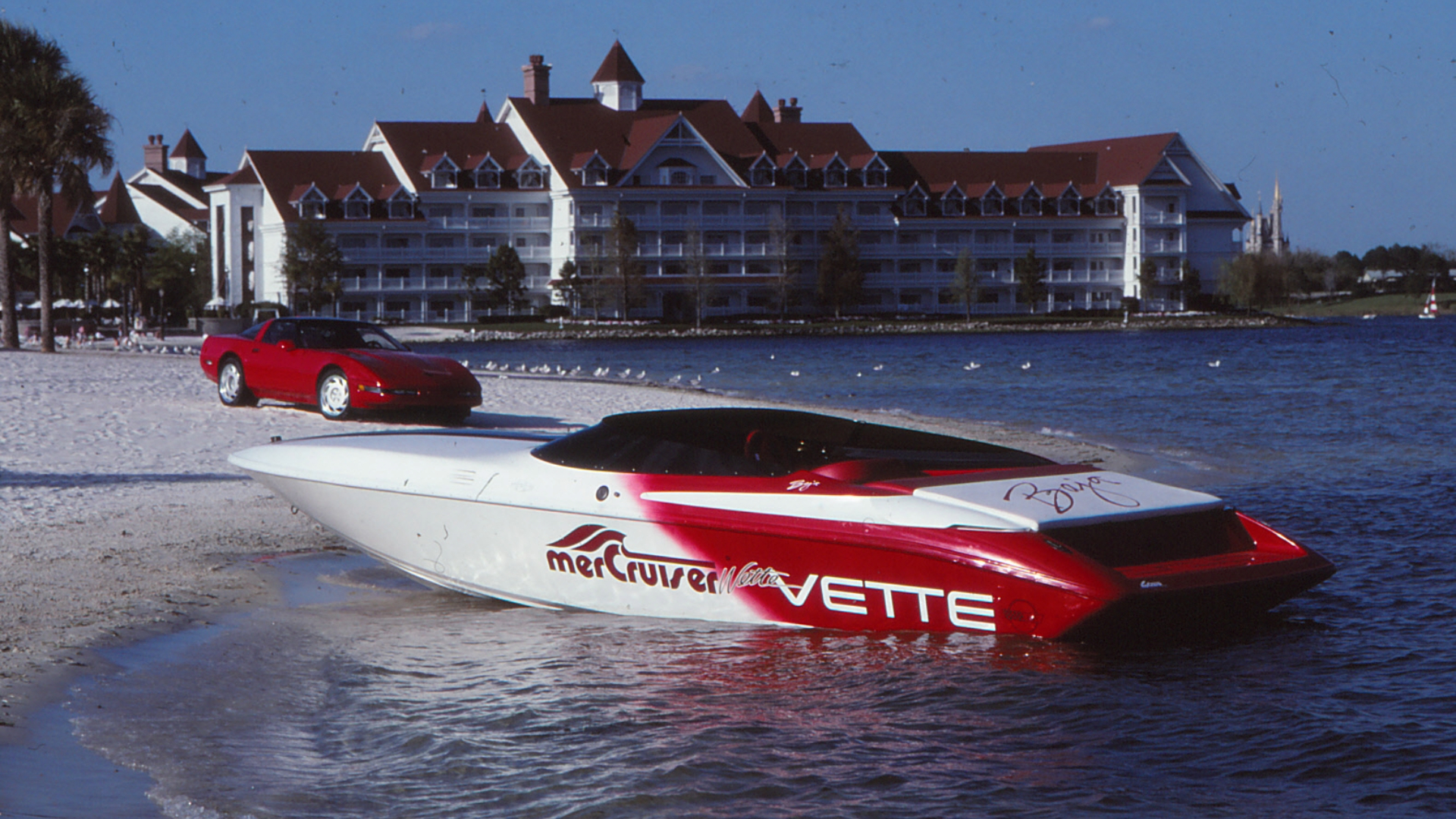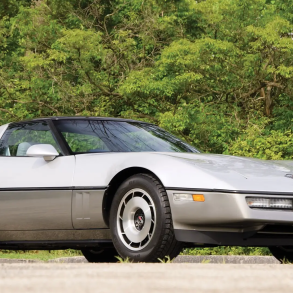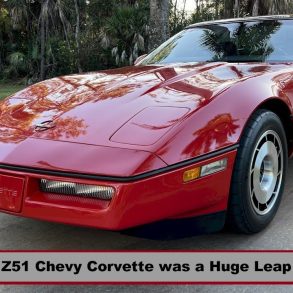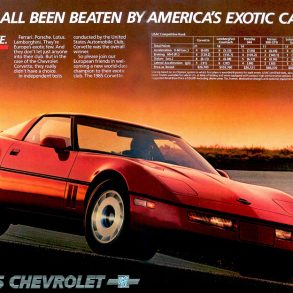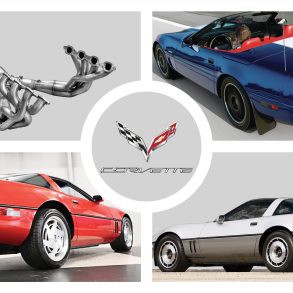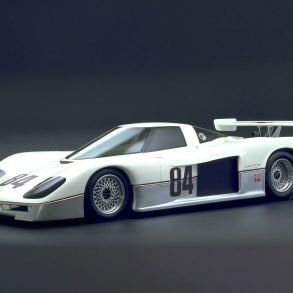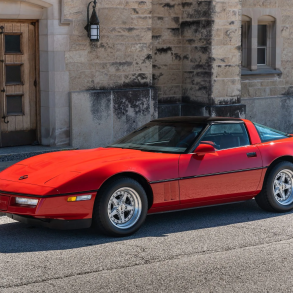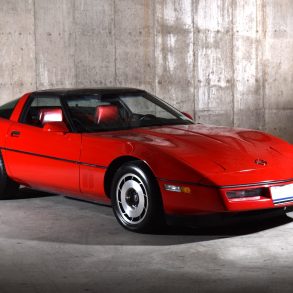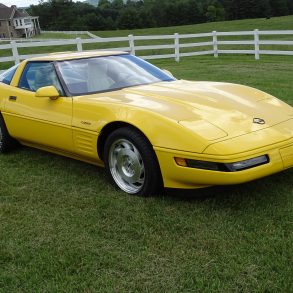In the late 1980s, the world of high-performance sports cars witnessed an unexpected collaboration that would leave a lasting mark on automotive history. Chevrolet, known for its iconic American muscle, teamed up with Lotus, a British engineering legend, and Mercury Marine, a company best known for building boat engines. Together, they embarked on a mission to create something extraordinary—the LT-5 engine for the ZR-1 Corvette, a car that would redefine the boundaries of performance and innovation in American sports cars.
But what makes this story truly fascinating is the role Mercury Marine played. A company more accustomed to designing engines for the open seas, Mercury Marine, became an unlikely partner in crafting one of the most powerful Corvettes ever built. How did this maritime expert end up at the heart of an automotive legend? The answer lies in a surprising engineering journey, collaboration, and a shared vision to elevate the Corvette to unprecedented heights.
The Beginnings of the LT-5 Engine
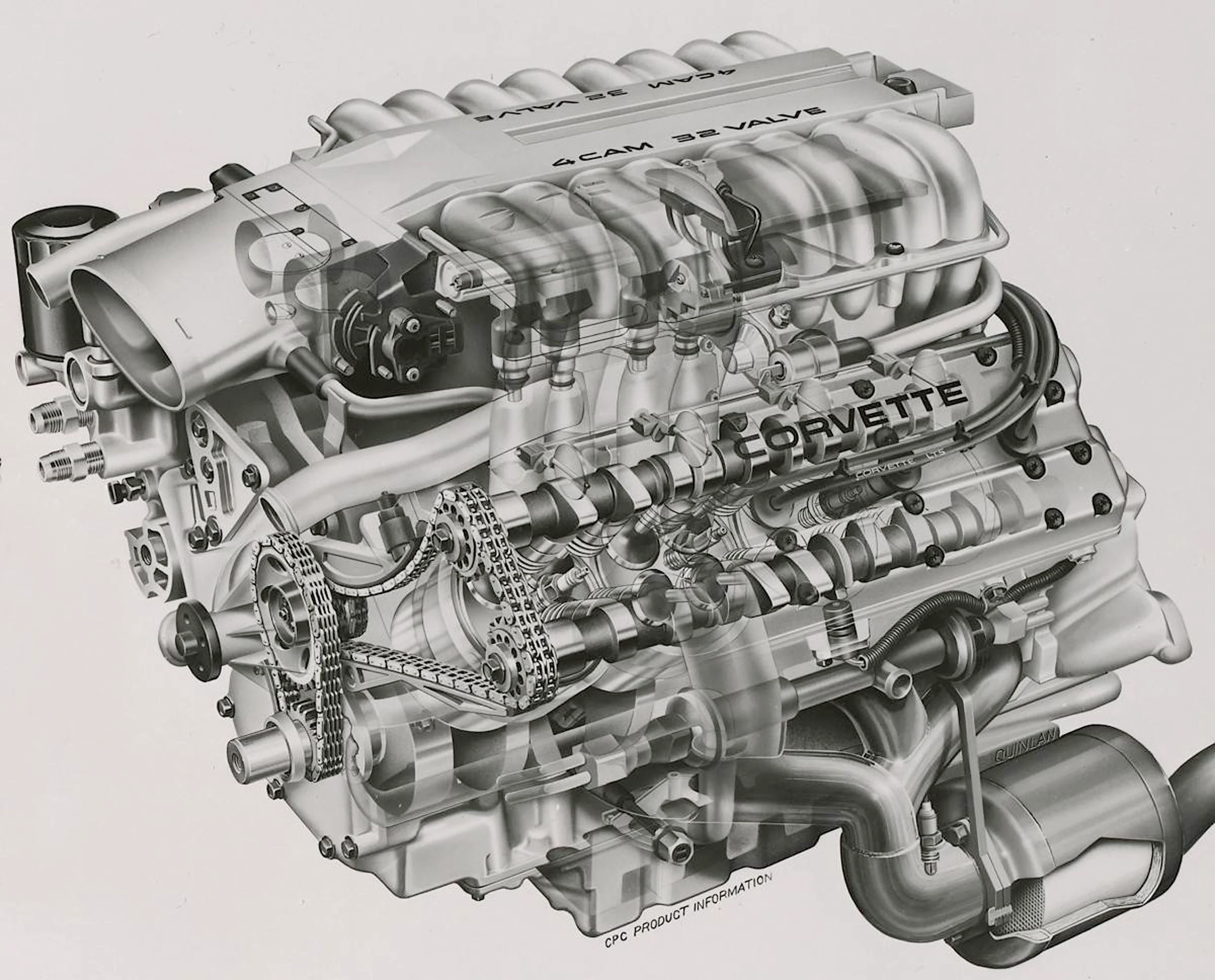
Historically, the Chevy Corvette has been the brand’s flagship sports car, but on the other hand, Chevrolet had never really made any money with it. So when GM approved the project to create the first all-new Corvette in 20 years, Chevrolet decided to go high-tech with the ‘Vette, ramping up the price of the car but still managing to be way less expensive than European competitors like the Porsche 911 or Ferrari Testarossa. Even though the C4 Corvette had excellent handling, partly thanks to its five-link rear suspension, the car didn’t pack a punch. Emissions regulations and the Cross-Fire fuel injection system that didn’t give much room for modifications were the culprits of the C4’s lackluster output.
Chevrolet was at a loss. Its engineers knew they had to go back to the drawing board and come up with a solution to give the C4 some serious muscle to regain the credibility that the C4 Corvette had initially lost. They evaluated putting a turbocharged V6 but dropped the idea because no Corvette enthusiast would ever conceive the idea of a six-cylinder ‘Vette. Then, they considered twin-turbocharged small-block options. However, once again, emission regulations came into play. The twin-turbocharged small blocks wouldn’t meet fuel economy standards. Plus, no GM transmission at the time could’ve handled the 500 pound feet of torque those turbo V8s were making. This is where Lotus comes into the picture.
Engineered by Lotus, Built by Mercruiser
Since Lotus was part of GM, the British firm was asked to incorporate the 4-valve heads from the 32-valve V8 engine Lotus developed for its Etna concept car onto the Corvette’s old small block. However, this new engine turned out too large to fit in the Corvette. So, GM greenlighted Lotus to develop a V8 engine from scratch, dubbed LT-5, capable of delivering the grunt Chevrolet envisioned for the C4 Corvette’s ZR-1s option package without making it a gas-guzzler.
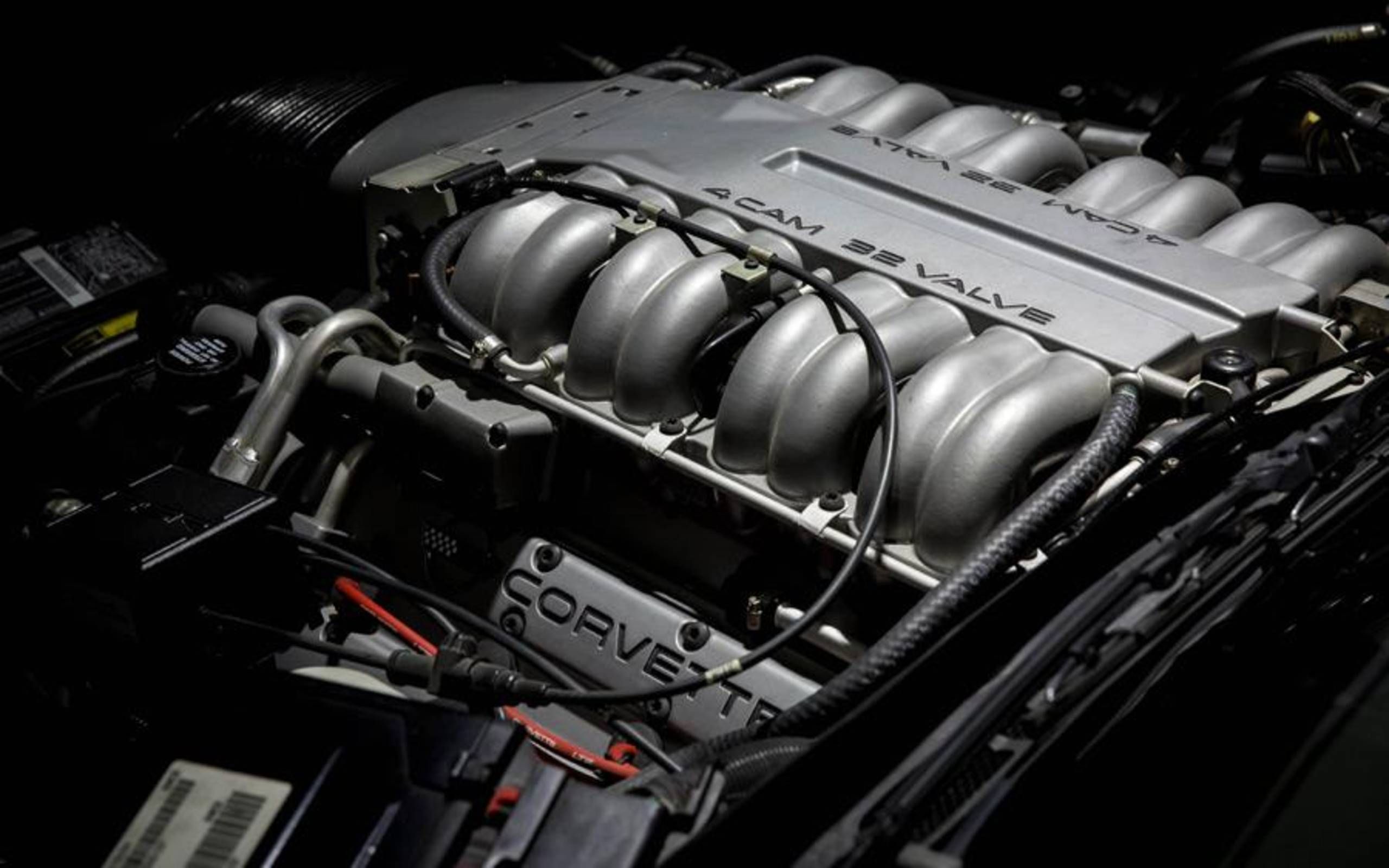
In early 1986, Lotus Engineering began developing the Corvette ZR-1’s LT-5 V8 in England. Meanwhile, General Motors executives grappled with how to produce this advanced engine. GM’s engine plants were ruled out due to high demand, the low-volume nature of the LT-5 project, and the complexity of the engine’s aluminum castings, which required exceptional quality standards. Realizing an outside contractor was needed, GM chose Mercury Marine’s MerCruiser division in Stillwater, Oklahoma, to manufacture the LT-5.
MerCruiser’s expertise in precision manufacturing and its relationship with GM made it the ideal choice. The result was an engine that not only met but exceeded GM’s stringent quality standards, earning the prestigious GP3 Level 1 certification. This collaboration between Lotus, GM, and Mercury Marine would ultimately create one of the most iconic engines in Corvette history.
A Corvette With World-Class Performance Was Born

The LT-5 built by MerCruiser was a naturally aspirated 5.7-liter all-aluminum V8 with 32-valve dual overhead cam heads. Lotus engineered a distinctive intake system that temporarily deactivates eight of the 16 cylinders at lower throttle settings. This design enhances the car’s power delivery across a broader range of speeds while still delivering the same peak power output and improving fuel efficiency. The LT-5 produced 375 horsepower and 370 pound-feet of torque, which was increased in 1993 to 405 horses at 6,400 rpm and 385 lb-ft at 4,400 rpm, thanks to four-bolt main caps, enhanced cylinder heads, redesigned pistons, updated cam timing, and new exhaust manifolds.
The LT-5 engine’s design was not only about raw power but also about refinement. It featured a dry-sump lubrication system, which improved engine performance and reliability, especially under extreme conditions. Additionally, the engine was equipped with a dual-throttle body system, enhancing throttle response and overall driving experience. Chevrolet equipped the ZR-1’s LT-5 engine with a six-speed manual transmission to make things more exciting. This combination allowed drivers to fully exploit the engine’s capabilities, whether on the racetrack or the open road. The LT-5 became the most celebrated Corvette engine, breaking three world endurance records in 1991 with a modified ZR-1.
The “Wette Vette” Boat Concept

Mercury Marine also wanted to bank on this unprecedented collaboration. They begin promoted the joint effort with Corvette by introducing the “Wette Vette” boat concept. The company aimed to highlight that MerCruiser was meticulously handcrafting engines for the exclusive Corvette ZR-1. Mercury Racing adapted one of these engines for marine use to showcase this and installed it in a specially modified Baja boat. The Wette Vette boat and its corresponding ZR-1 Corvette “tow vehicle” were featured at various boat and car shows side by side, which were widely published in automotive and marine enthusiast magazines worldwide.


